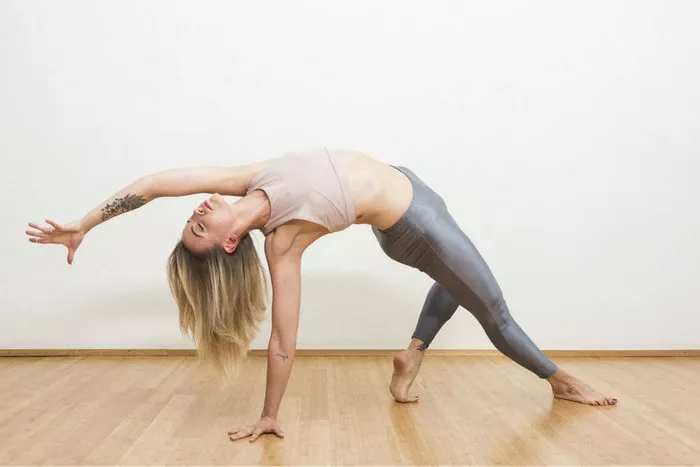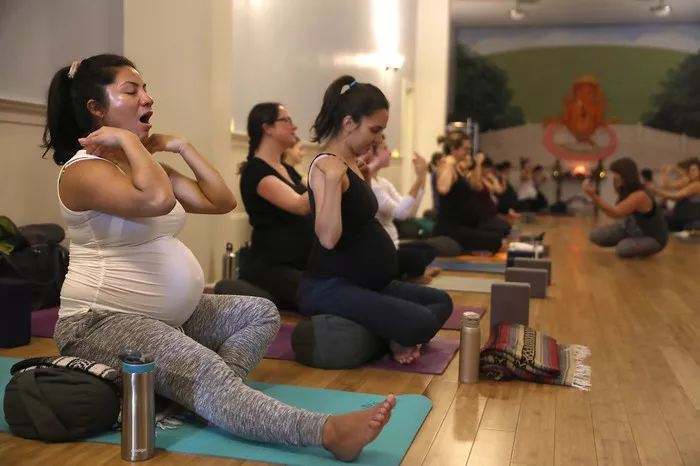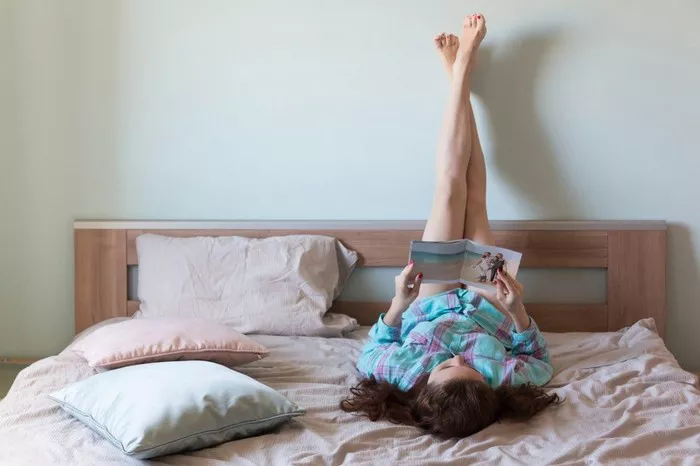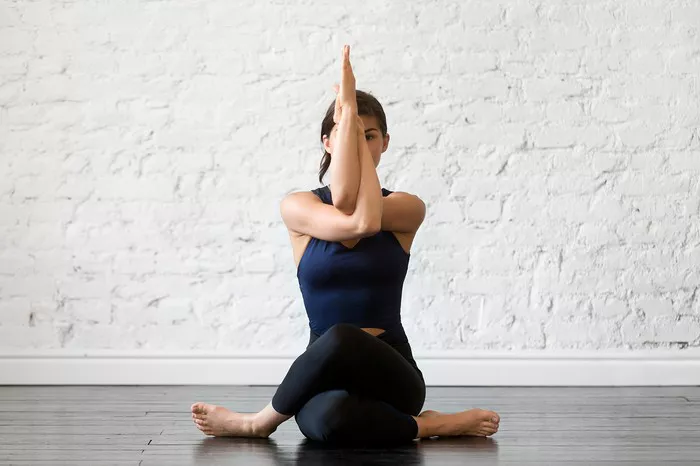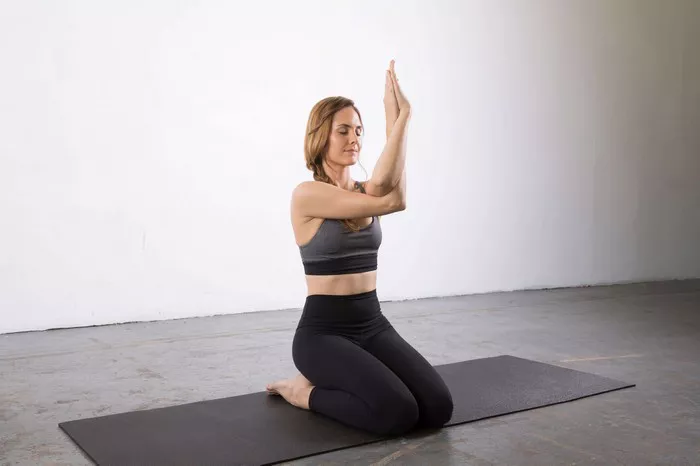Yoga is a holistic practice that encompasses not only physical postures but also a profound focus on breath and energy. Pranayama, often regarded as the “breath control” aspect of yoga, holds a central position in this ancient discipline. Originating from the Sanskrit words “prana” meaning life force or vital energy, and “ayama” meaning extension or control, pranayama is about harnessing and directing the flow of this vital energy within the body. It is not merely about taking in and expelling air; rather, it is a sophisticated practice that has been refined over centuries to enhance physical health, mental clarity, and spiritual well-being. In the following sections, we will explore the various facets of pranayama, from its origins to its practical applications and benefits.
The Origins and Significance of Pranayama
Ancient Roots
Pranayama has its roots deeply embedded in the ancient yogic scriptures and traditions of India. It was practiced by yogis and sages as a means to achieve higher states of consciousness and spiritual enlightenment. The Vedas, the oldest sacred texts of Hinduism, mention the importance of breath and its connection to the life force. Over time, as yoga evolved, pranayama techniques were further developed and systematized, becoming an integral part of the yogic path.
Spiritual and Energetic Significance
In yogic philosophy, the body is seen as a vessel through which the life force or prana flows. Pranayama is believed to regulate and balance this energy, opening up the subtle energy channels known as nadis. By doing so, it is thought to remove blockages and allow the free flow of prana, leading to a state of physical and mental harmony. This energetic balance is considered essential for spiritual growth and the awakening of the higher self. For example, in some meditative practices, pranayama is used to calm the mind and prepare it for deeper states of concentration and insight.
Types of Pranayama Techniques
Diaphragmatic Breathing
Technique: Also known as abdominal breathing, it involves breathing deeply into the abdomen. When inhaling, the diaphragm contracts and moves downward, causing the abdomen to expand like a balloon. On exhalation, the diaphragm relaxes and the abdomen contracts. This technique allows for a fuller and more efficient exchange of oxygen and carbon dioxide.
Benefits: It helps to relax the nervous system, reduce stress, and improve the function of the internal organs. By engaging the diaphragm, it massages the abdominal organs, enhancing digestion and promoting overall well-being. For instance, people with anxiety disorders often find relief through regular practice of diaphragmatic breathing as it activates the body’s relaxation response.
Alternate Nostril Breathing (Nadi Shodhana)
Technique: This involves using the thumb and ring finger to alternately close the right and left nostrils while breathing. One inhales through one nostril, holds the breath briefly, and then exhales through the other nostril. The process is repeated, alternating the sides. This technique is said to balance the energy in the body, specifically the ida and pingala nadis, which are associated with different aspects of our being, such as the feminine and masculine energies.
Benefits: It helps to improve concentration, balance the nervous system, and purify the nadis. Many practitioners report increased mental clarity and a sense of calm after incorporating this pranayama into their daily routine. It can also be beneficial for those with respiratory problems as it helps to regulate the breath and improve lung function.
Kapalabhati (Skull Shining Breath)
Technique: Kapalabhati is a forceful breathing technique. It involves rapid, short exhalations through the nose, with the abdomen contracting forcefully. The inhalations are passive and occur naturally as the abdomen relaxes. The breath is focused in the abdomen, and the movement is similar to that of a bellows.
Benefits: It is known to cleanse the respiratory system, improve digestion, and increase the body’s energy levels. The forceful exhalations help to expel stale air and toxins from the lungs, while the increased abdominal movement stimulates the digestive organs. However, it should be practiced with caution and under proper guidance, especially for those with high blood pressure or heart conditions.
The Physical Benefits of Pranayama
Respiratory System
Increased Lung Capacity: Regular pranayama practice helps to expand the lungs and increase their capacity to hold air. This is beneficial for overall respiratory health, especially for those who lead sedentary lifestyles or have weak respiratory muscles. For example, techniques like diaphragmatic breathing and kapalabhati engage the diaphragm and intercostal muscles, strengthening them over time and allowing for deeper and more efficient breaths.
Improved Oxygenation: By enhancing the exchange of oxygen and carbon dioxide, pranayama ensures that the body’s cells receive an adequate supply of oxygen. This improved oxygenation can boost energy levels, enhance mental clarity, and support the proper functioning of all the body’s systems. Better oxygenation also helps to reduce fatigue and increase endurance during physical activities.
Cardiovascular System
Blood Pressure Regulation: Certain pranayama techniques, such as alternate nostril breathing, have been shown to help regulate blood pressure. The relaxation response induced by these practices helps to dilate blood vessels, reducing the resistance to blood flow and consequently lowering blood pressure. This can be a valuable addition to a comprehensive approach to managing hypertension, along with a healthy diet and exercise.
Heart Health: Pranayama can improve the efficiency of the heart by reducing stress on the heart muscle. The relaxation and stress reduction achieved through breathing exercises help to lower the heart rate and decrease the risk of heart disease. Additionally, the improved oxygen supply to the heart muscle itself promotes its overall health and function.
The Mental and Emotional Benefits of Pranayama
Stress Reduction
Activation of the Parasympathetic Nervous System: When we practice pranayama, especially slow and deep breathing techniques, it activates the parasympathetic nervous system, which is responsible for the body’s relaxation response. This counteracts the effects of the sympathetic nervous system, which is activated during stress. As a result, the body’s stress hormones, such as cortisol, are reduced, leading to a sense of calm and relaxation.
Mindfulness and Present-Moment Awareness: Focusing on the breath during pranayama brings our attention to the present moment. This helps to quiet the mind chatter and distract us from worries and anxieties about the past or future. By practicing being fully present with each breath, we cultivate mindfulness, which can have a profound impact on our mental well-being and overall quality of life.
Improved Concentration and Mental Clarity
Enhanced Brain Function: The increased oxygen supply to the brain resulting from pranayama improves its function. This can lead to better concentration, memory, and cognitive abilities. For students or professionals who need to focus for extended periods, incorporating pranayama into their daily routine can enhance their productivity and performance.
Emotional Stability: Pranayama helps to balance the emotions by regulating the flow of energy in the body. It can reduce feelings of anger, irritability, and depression, and promote a more positive and stable emotional state. By learning to control the breath, we gain a greater degree of control over our emotions and reactions to external stimuli.
The Correct Practice of Pranayama
Posture
Sitting Postures: A stable and comfortable sitting posture is essential for pranayama practice. The most common postures include Sukhasana (Easy Pose), Padmasana (Lotus Pose), and Vajrasana (Thunderbolt Pose). These postures help to keep the spine straight, allowing for the free flow of energy and proper breathing. For example, in Padmasana, the crossed legs and upright spine create a firm foundation, while also promoting relaxation and concentration.
Alignment: Maintaining proper alignment of the body is crucial. The head should be balanced on top of the spine, the shoulders relaxed, and the chest open. This alignment ensures that the breath can flow freely and evenly throughout the body. Incorrect alignment can lead to discomfort and inefficient breathing.
Breathing Mechanics
Natural and Smooth Breathing: The breath should be natural and smooth, without any strain or forced inhalation or exhalation. It’s important to avoid holding the breath for too long or breathing too quickly, as this can disrupt the body’s natural rhythm and cause dizziness or other discomforts.
Breath Awareness: Developing an awareness of the breath is a key aspect of pranayama. Paying attention to the sensation of the breath as it enters and leaves the body helps to deepen the practice and bring about the desired physical and mental benefits. This awareness can be cultivated through gentle focus and concentration on the breath.
Safety Precautions and Contraindications
Medical Conditions
Respiratory Disorders: People with respiratory conditions such as asthma, chronic obstructive pulmonary disease (COPD), or bronchitis should approach pranayama with caution. Some techniques, especially those that involve forceful breathing, may exacerbate their symptoms. It is advisable to consult a doctor or a qualified yoga instructor who can recommend appropriate modifications or alternative techniques.
Cardiovascular Problems: Individuals with heart conditions, high blood pressure, or a history of heart attacks should avoid certain intense pranayama practices. For example, kapalabhati’s forceful exhalations can put stress on the cardiovascular system. In such cases, gentler breathing techniques like diaphragmatic breathing and alternate nostril breathing under proper supervision may be more suitable.
Overexertion and Dizziness
Gradual Progression: Beginners should start with simple and gentle pranayama techniques and gradually progress to more advanced ones. Overexertion, such as practicing for too long or using too much force, can lead to dizziness, lightheadedness, or even fainting. It’s important to listen to the body and take breaks when needed.
Proper Hydration and Ventilation: Adequate hydration before and after pranayama practice is essential. Also, practicing in a well-ventilated room helps to ensure a sufficient supply of fresh air, reducing the risk of dizziness and discomfort. If dizziness occurs during practice, it’s important to stop, sit down, and breathe normally until the feeling subsides.
Integrating Pranayama into Daily Life and Yoga Practice
Morning and Evening Routines
Starting the Day Right: Incorporating pranayama into the morning routine can help to energize the body and calm the mind, setting a positive tone for the day. A few minutes of diaphragmatic breathing or alternate nostril breathing can increase alertness and focus.
Relaxing at Night: In the evening, gentle pranayama techniques can be used to unwind and relieve the stress of the day. Slow, deep breathing can promote relaxation and improve sleep quality. For example, practicing a few rounds of Nadi Shodhana before bed can help to calm the nervous system and prepare the body for rest.
Complementing Yoga Asanas
Preparation and Integration: Pranayama can be used as a preparatory practice before starting the physical postures (asanas) in yoga. It helps to warm up the body, increase flexibility, and focus the mind. During the asana practice, maintaining awareness of the breath and using pranayama techniques can enhance the overall experience and benefits. For instance, coordinating the breath with movements in a sun salutation sequence can make the practice more fluid and harmonious.
Cool Down and Relaxation: After the asana practice, pranayama is an excellent way to cool down and relax the body. Techniques like Savasana (Corpse Pose) combined with slow, deep breathing can help to release any remaining tension and promote a sense of deep relaxation and rejuvenation.
Conclusion
Pranayama is a powerful and integral part of the yoga practice that offers a multitude of physical, mental, and spiritual benefits. From its ancient origins to its modern-day applications, it has been refined and passed down through generations as a means to achieve balance, health, and well-being. By understanding the different techniques, their correct practice, and the precautions involved, we can incorporate pranayama into our daily lives and experience its transformative effects. Whether it’s to reduce stress, improve concentration, or enhance our overall health, pranayama provides a simple yet profound tool for self-care and self-improvement. As we continue to explore and practice pranayama, we unlock the potential to connect with our inner selves and the universal life force that flows within us all.
Related topics




